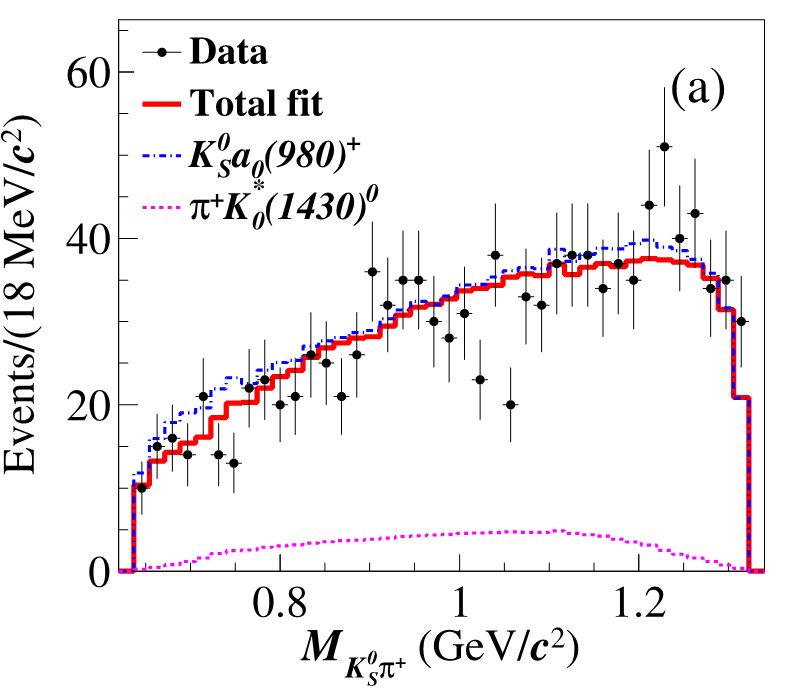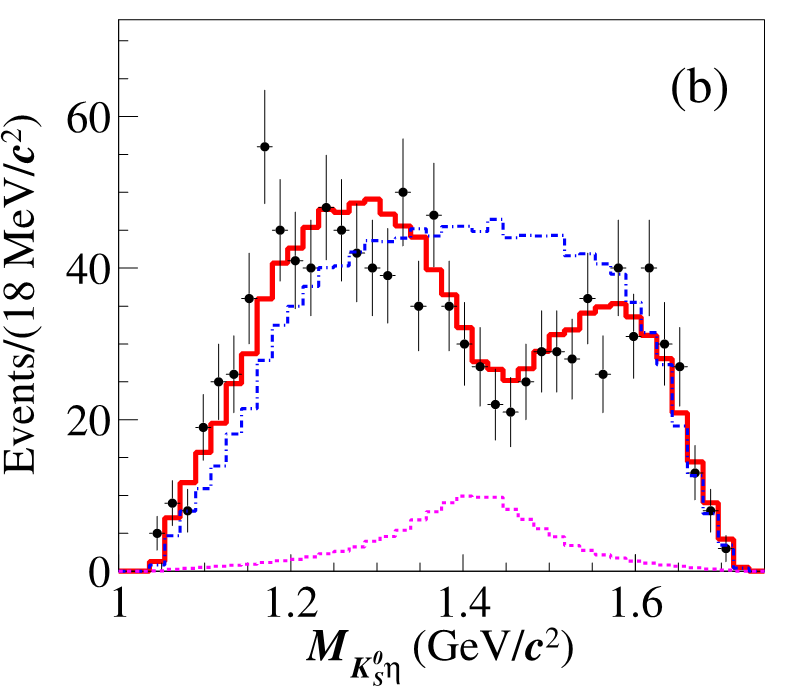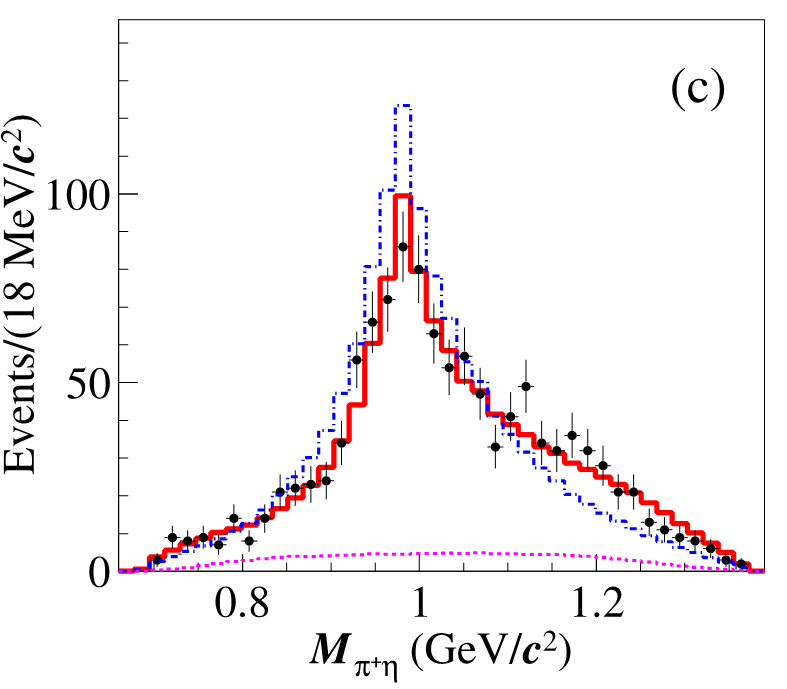The BESIII collaboration recently reported “Observation of D
+ -> K
S0a
0(980)
+ in the amplitude analysis of D
+ -> K
S0π+η”, which has been published in Physical Review Letters on March 2024 [Phys. Rev. Lett., 132, 131903 (2024)].
Perturbative quantum chromodynamics~(QCD) approaches have well explained physics of nonleptonic
b-hadron decays. However, the charm quark mass is located between the perturbative and nonperturbative QCD regions, making those approaches inapplicable.
To address this, a model-independent analysis was proposed in the so-called diagrammatic approach to phenomenologically describe charmed meson decays. The diagrammatic approach represents the
W-emission and weak-annihilation (
W-exchange or
W-annihilation) amplitudes as topological quark-graph diagrams based on SU(3) flavor symmetry. With necessary experimental inputs, it enables us to extract the contribution and study the relative importance of each amplitude.
Enriching experimental results from a series of amplitude analyses on the hadronic charmed meson decays allow the diagrammatic approach to be applied quite successfully in
D -> PP and
D -> VP decays. However, in the sector of
D -> SP, it appears that the current experimental measurements are still insufficient (
P,
W, and
S denote pseudoscalar, vector, and scalar mesons). The contribution of weak-annihilation amplitudes, difficult to estimate accurately, has led to a notable discrepancy between experimental results and theoretical predictions.
In this study, the decay D
+ -> K
S0a
0(980)
+ has been observed for the first time in the amplitude analysis of D
+ -> K
S0π+η based on 2.93 fb
-1 of e
+e
- annihilation data collected at center-of-mass energies 3.773 GeV. Notably, this decay is the only decay free of weak-annihilation contributions among D
+,0 -> a
0(980)
P, providing the most sensitive constraint to the diagrammatic approach method in the sector of
D -> SP, thereby contributing to our comprehension of the mechanism of nonperturbative QCD. Furthermore, the scalar particle a
0(980) is commonly considered as a candidate for exotic states, which are states other than typical quark-antiquark mesons, such as states for tetraquarks,
KbarK bound states, and other possible states. The production of these exotic states essentially involves final-state interactions, such as quark exchange, resonance formation, etc. Consequently, this study offers critical information on the role of a
0(980) in charmed meson decays and the nature of a
0(980).
Projections on the invariant masses of (a) KS0π+, (b) KS0η, and (c) π+η systems.
URL:
https://journals.aps.org/prl/abstract/10.1103/PhysRevLett.132.131903DOI: 10.1103/PhysRevLett.132.131903




